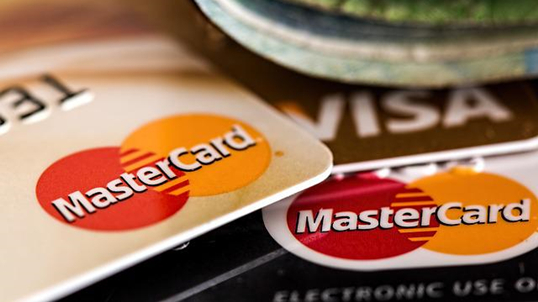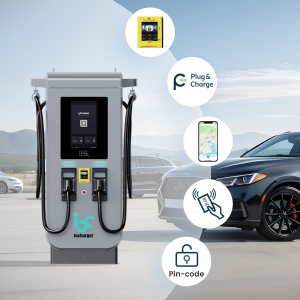
The debate over whether electric vehicle (EV) charging stations should be equipped with credit card readers is a hot topic among EV drivers, charging point operators (CPOs), and industry experts. While some argue that credit card readers are essential for a seamless user experience, others believe that app-based or RFID card systems are more efficient and cost-effective. Below are some opinions that shed light on this ongoing discussion:
App Overload at Fast Charging Stations: At many fast charging stations, EV drivers must download apps from various suppliers. This can be inconvenient, as users often don’t want to clutter their smartphones with multiple apps to charge their vehicles.
Built-In Software and Credit Card Convenience: Most modern EVs come with built-in software that allows drivers to monitor charging remotely. For many, the ability to simply tap a credit card and start charging would provide a much smoother and more user-friendly experience.
Universality of Credit Cards: Gas stations have long relied on credit card payments because they are universal and dependable. While Plug&Charge technology is a great innovation, having credit card payment as an option ensures accessibility for all users.
Cost and Maintenance Concerns for CPOs: Equipping charging stations with POS terminals can be costly for CPOs, as they would need to pay monthly fees to banks for card readers. Additionally, app-based systems allow users to check station availability before arriving, reducing the need for physical maintenance.
App Reliability Issues: There are times when users cannot download, install, or register for an app due to technical issues or poor connectivity. In such cases, having a credit card reader as an alternative payment method can be a lifesaver, especially in areas with weak signals, like parking garages.
RFID Cards as a Reliable Alternative: Many EV drivers prefer using RFID cards from charging networks, which are often more reliable than credit card readers. These cards eliminate the need for physical card readers and provide a consistent user experience.
Simplifying the Charging Process: To make EV charging more accessible, it’s crucial to offer straightforward payment methods, such as paying directly with a credit card at the charger. Additionally, transparent pricing models are essential to help consumers understand the costs involved.
The Future of Mobile Payments: While paying by card is often possible through apps, direct payment via terminals at charging stations is less common. However, the cost of implementing physical card readers can be high for both operators and customers. Many believe that mobile payment solutions will dominate the future of fast charging.

Introducing iocharger’s Versatile Payment Solutions
For those seeking a balanced approach, iocharger offers a cutting-edge solution that supports multiple payment methods, catering to diverse user preferences. iocharger’s EV charging stations are designed to integrate seamlessly with credit card readers, mobile payment apps, RFID cards, and even Plug&Charge technology. This flexibility ensures that EV drivers can choose the most convenient payment method, whether they prefer tapping a credit card, using an app, or scanning an RFID card. Additionally, iocharger’s systems are built with security and ease of use in mind, reducing maintenance costs for CPOs while enhancing the overall charging experience. To learn more about iocharger’s innovative payment solutions, visit iocharger’s Zahlungslösung Page.
In conclusion, there are valid arguments on both sides of the debate. While credit card readers offer familiarity and accessibility, app-based and RFID systems provide cost savings and convenience. The ultimate goal is to create a charging experience that is simpler, faster, and safer for all users. Achieving this will require ongoing investigation, innovation, and collaboration among stakeholders in the EV industry.
